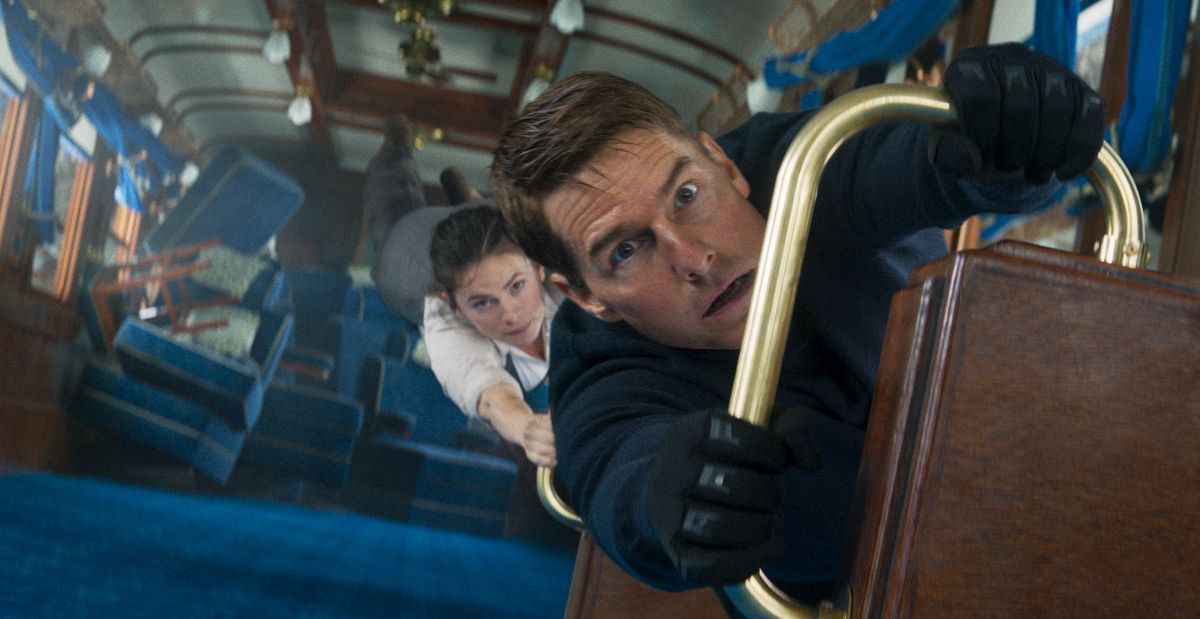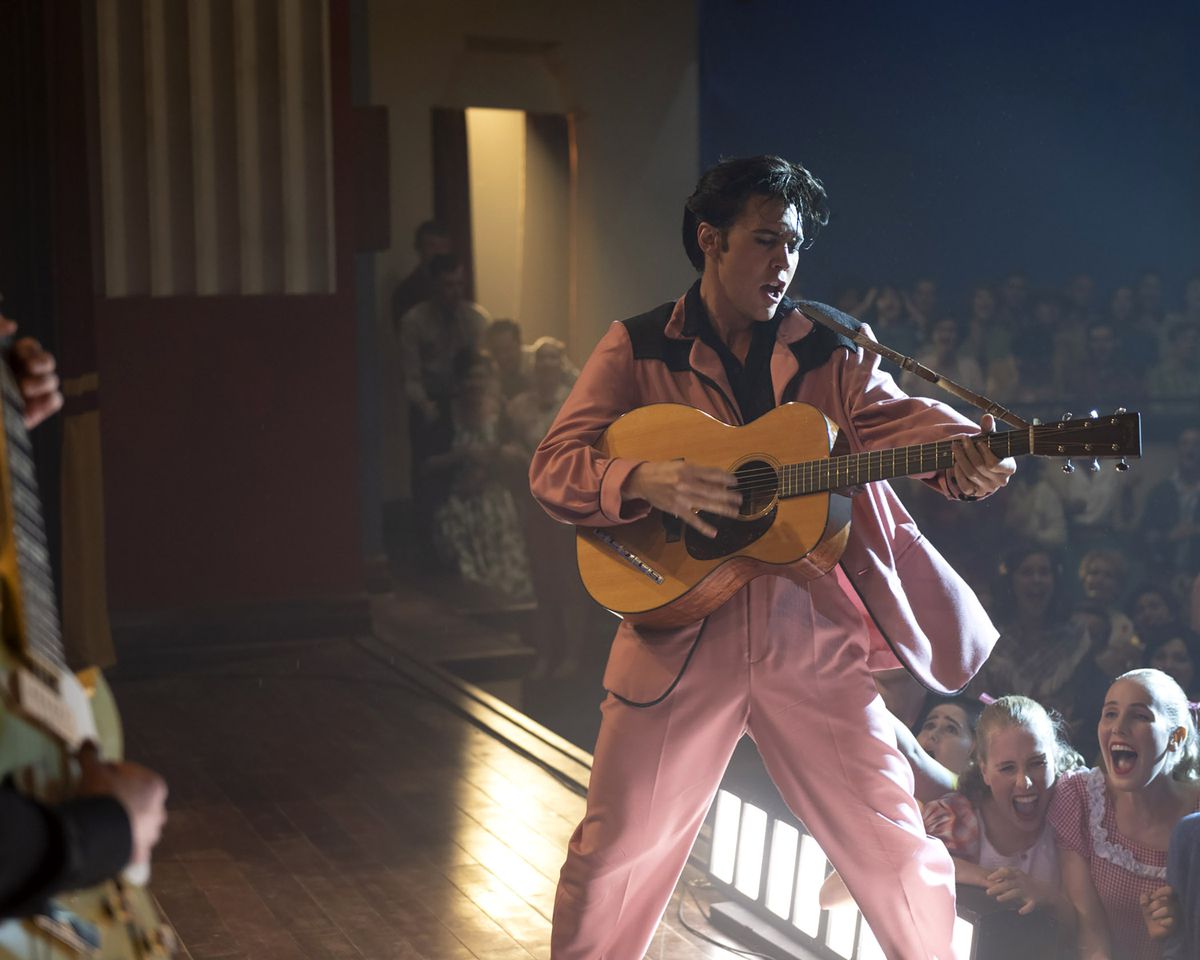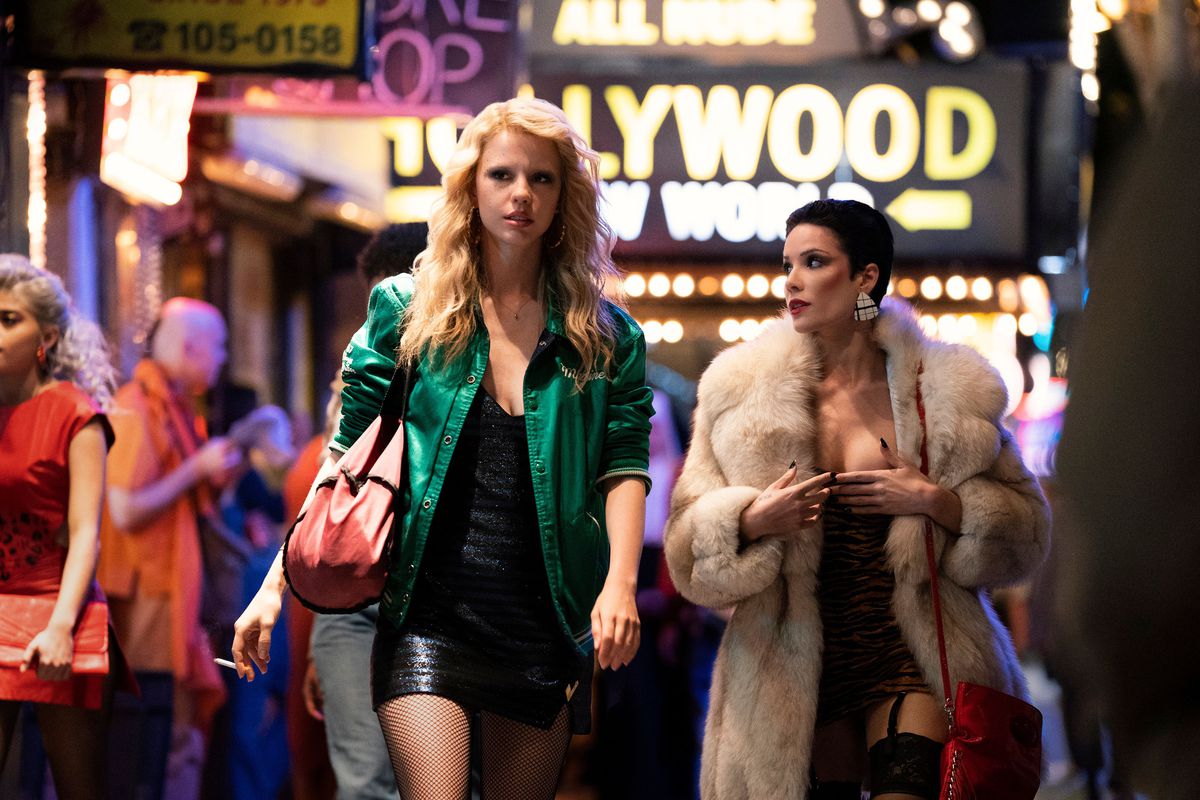Hollywood could finally start making mid-budget films again soon
There is a dim light at the end of the blockbuster output tunnel. With smaller and medium films such as Fall, Smile 2, NosferatuAnd Mickey 17 dominating conversations and studio presentations at this year’s CinemaCon, the expo for all things theatrical releases, and similarly budgeted films continues to show impressive gains at the box officeThere’s a question in the air: could the mid-budget film make a comeback?
Hollywood’s current obsession with big-budget movies north of $150 million and taking up half the screens at multiplexes has a few different causes, but the easiest one is that we all wear capes. After the breakout success of the Marvel Cinematic Universe, studios focused on chasing Marvel’s formula, with big, expensive films that aimed to earn a billion dollars or more at the box office. Blockbuster films are a crucial part of the theater landscape since the term was coined in the 1950s, but the era of the billion-dollar hit spawned a new blockbuster mania for studios, and especially for ambitious studio executives. As tentpole films increased in size, scope, and budget, they soon began to squeeze out smaller projects.
Image: Marvel Studios
Hollywood’s older model relied on a steady mix of blockbuster blowouts (“See Ben Hur in glorious Cinemascope!”) and medium-sized films, both to keep audiences interested and to keep budgets and profits sensible. Studios would expand their calendars each year with a few big blockbusters, plus a few smaller films that could take big risks. But they piled up most of their schedules with mid-budget projects, films that cost anywhere from $10 to $90 million to make (with a little wiggle room on either side), and usually involved at least one or two stars to attract viewers. in the door.
In the 2000s, those mid-budget slates included everything from rom-coms like 50 first dates or Fever height to prestige dramas such as Michael Clayton, or dark dramas like No country for old men. Mid-budget films gave filmmakers and studios the space to experiment with interesting concepts, without the need to necessarily satisfy every possible audience quadrant, or even – in the case of smaller prestige films, focused on winning awards and boosting brands – to earn their money back. .
But as blockbuster box office returns soared, mid-budget films that could triple their budgets and earn $60 million at the box office seemed like a game-changer for studios. Instead, they started consolidating those budgets into blockbusters that had a chance to really hit the big time. That mode means fewer films and greater risks. Without the solid middle-of-the-road films keeping production companies afloat, each film became exponentially more important to each studio’s bottom line. Suddenly every blockbuster had to be a huge hit at least $500 million at the box office, just to break even. And if that goal was missedthe consequences can be devastating; there were no longer smaller, overperforming films on the ledger to cushion the financial blow.

Image: Skydance/Paramount Pictures
This kind of cycle is nothing new to Hollywood. In Easy Riders, Raging Bullsauthor Peter Biskind tells the story of the boom and bust of studio blockbusters in the 1960s, as the parade of talented filmmakers and executives, such as Bob Rafelson, Jack Nicholson and Dennis Hopper, rose to power to create the director-driven renaissance of New. Hollywood in the 1970s.
But as Manohla Dargis puts it in one 2010 piece for the New York Times“Unfortunately, that power went to their heads, and filmmakers found themselves in creative impasses (Finally love) and financial calamities (One from the heart). The Age of Aquarius and its authors gave way to high-concept hits, driven by the bottom line and toy tie-ins.
Suddenly the emphasis is on sequels and blockbusters boomed in the 1980sbut as the floor fell out, it eventually gave way to the Sundance- and Miramax-led indie film boom of the 1990s, which Biskind chronicled again, this time in his book Down and Dirty Pictures: Miramax, Sundance, and the Rise of Independent Film — a fascinating book that has been reproduced new dimension over the years.
Each time the cycle repeats itself, a few huge bombs and overall declining ticket sales helped the studios understand that audiences wanted them to reset the market and move from bigger films back to smaller ones. Dargis described this cycle, and the studio heads’ relationship with it, best in that same Times piece, saying:
A well-known view of New Hollywood is that the prisoners took over the asylum. But the truth is that the guards were also smart enough to hand over the keys, at least as long as it made money and sense. The history of Hollywood is one of constant crises and cutbacks and the extraordinary resilience of an industry that continually co-opts potential threats (television, video, independent filmmakers) and exploits them to its advantage.
In other words, the studios always moved to where their audiences were, as long as they had the data to find them.
Steven Spielberg predicts the end of this cycle and criticizes the increasingly large budgets of blockbusters. a 2013 speech at USC in which he said: “There will eventually be an implosion – or a major meltdown. There will be an implosion where three or four or maybe even a half-dozen mega-budget films will crash into the ground, and that will change the paradigm.” And while he may have been early in his prediction, the twin disruptions of streaming services, which enticed studios with a seemingly lucrative new business model, and the COVID-19 pandemic, which decimated theater attendance, disrupted the usual rhythms of Hollywood and didn’t. let this round of blockbusters die a natural death.
Instead of moving away from mega films afterwards high-profile box-office bombscompanies continued to invest in the biggest films they could make. While many blockbusters failed due to the box office depression that followed the arrival of COVID, any blockbuster that made a significant splash at the box office was seen as another sign of overall theatrical recovery from the pandemic, even if they didn’t make nearly what the studios had hoped. At the same time, studios began investing hundreds of millions in the development of streaming services extremely dubious business models. They parked their small and medium-sized films at those services, to disappointing returns.

Image: Warner Bros. Pictures
But it looks like the studios are finally starting to feel the tide turning. As the box office slowly recovers years post-COVID, there are blockbuster disappointments like Mission Impossible: Dead Reckoning, Quick, And The miracles – all the films that would have made respectable money if their budgets hadn’t ballooned to huge, unsustainable numbers – all seem like victims of changing audience preferences, rather than those crowds that simply don’t come to the cinema. Even Disney CEO Bob Iger has acknowledged some of this stagnation and said that Marvel will stick to releasing just three films a year. At the same time, mid-budget films have increasingly come to dominate the box-office conversation, with films like Civil war, Everyone but you, Elvis, The black phone, Bob Marley: One loveAnd Five nights with Freddy‘s turn into bona fide hits.
Life after blockbusters was a topic of conversation for nearly every studio and theater owner at CinemaCon 2024, the annual theatrical distribution trade show where industry leaders meet to discuss the state of cinema. More than once, presenters from studios or theater owners mentioned the speech given last year at the Academy Awards by American fiction writer Cord Jefferson, who won best adapted screenplay. Accepting the award, he begged for studios“instead of making one $200 million movie, try making twenty $10 million movies, or 50 $4 million movies.”

While blockbusters were also major talking points for the studios at CinemaCon 2024, almost all of them had an impressive slate of mid-budget films on their slates for both 2024 and 2025, including M. Night Shyamalan. FallJeff Nichols’ The CyclistsTi West’s MaXXXine, Long legs, Speak no evil, Smile 2Bong Joon-ho’s Mickey 17, The black telephone 2And The brideto name a few.
The most talked about film of the convention also happened to be a mid-budget hit. Angel Studios’ Sound of freedom, a film with a budget reportedly just under $15 million, has earned over $184 million at the domestic box office, blowing away everyone’s expectations and proving to studios that creative marketing can help turn even the most modest films into huge to make hits. (The film ends with a direct speech from the protagonist, asking those who enjoyed the film to buy tickets for their friends.) Additionally: Sound of freedom‘s faith-based angle has revived another tenet of mid-budget films: Sometimes targeting a special audience and making sure everyone in that group sees your film can be more profitable than trying to make a four-quadrant film that ultimately seems boring. everyone.
It’s not like blockbusters are disappearing completely. There’s still a Mission Impossible movie on the slate for 2025, along with Fantastic fourJames Gunns Superman, and another Avatar movie. But the pendulum appears to be swinging back toward the center for the first time in more than a decade. The studios are finally starting to fill the middle of annual lineups again. With the success of films like Bullet train, Smile, Barbarianand even this year’s The beekeeperit is becoming increasingly clear that audiences are longing for smaller, more interesting films.
